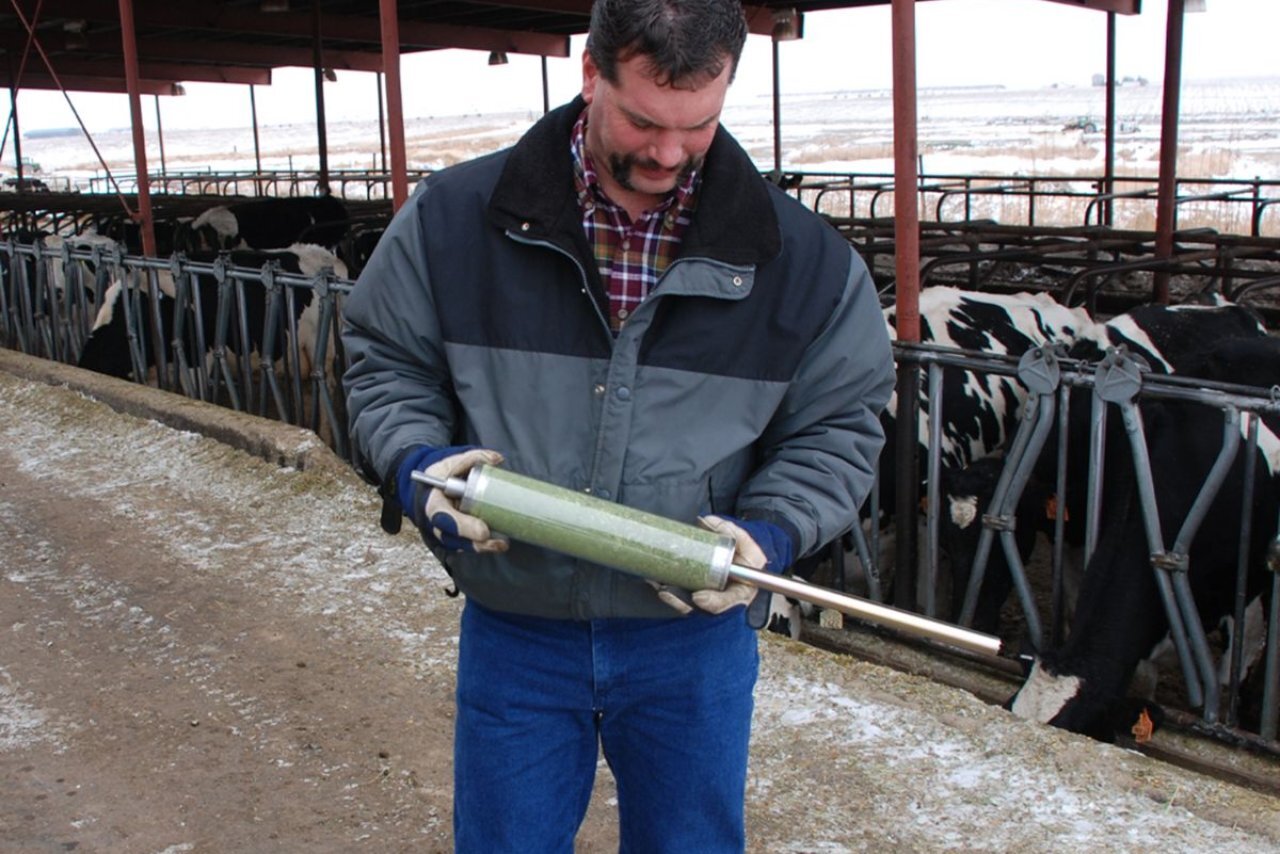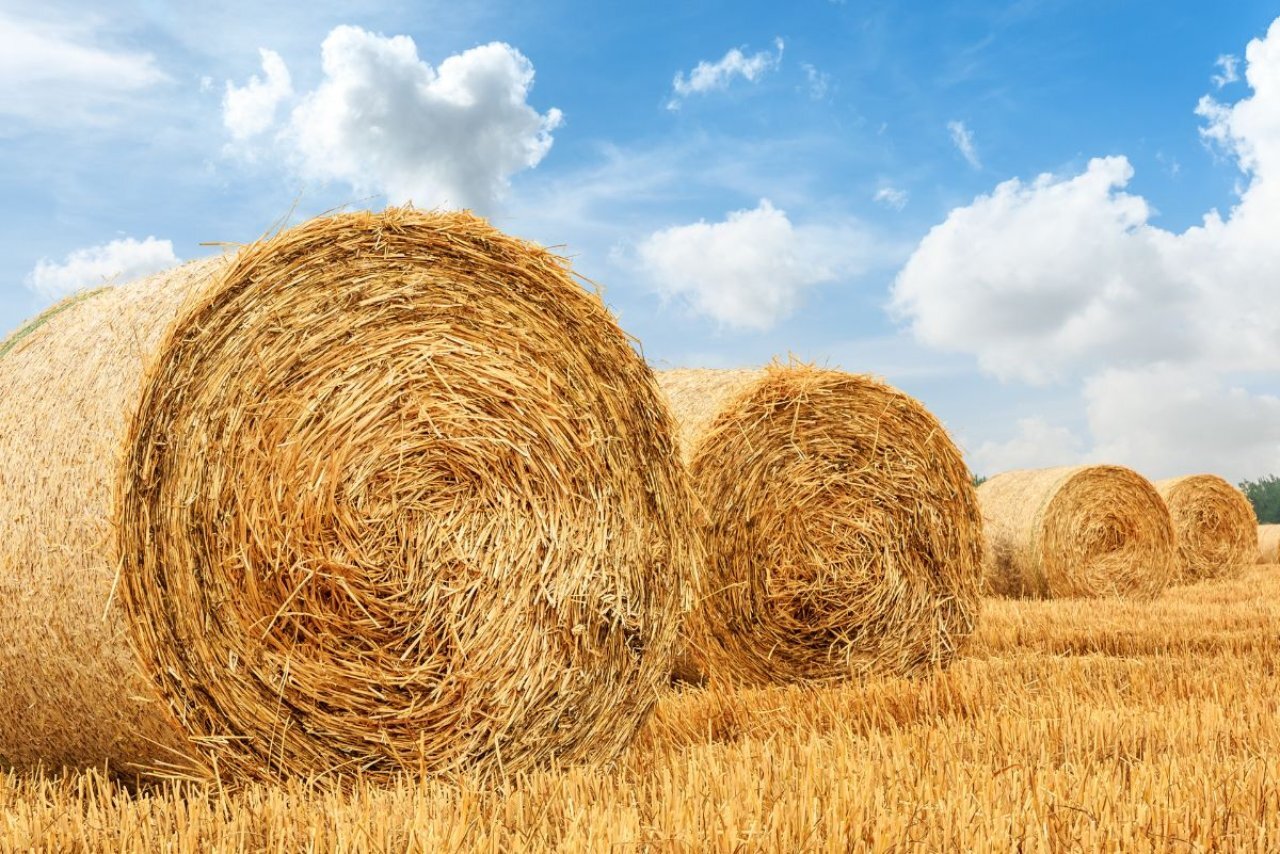Why Regular Hay Sampling Ensures Livestock Health
Maintaining healthy livestock starts with understanding their nutritional intake. Regular hay sampling provides valuable insights into its quality, ensuring your animals get the balanced diet they require. From identifying deficiencies to improving herd productivity, hay sampling is a vital practice for every livestock owner. Let’s explore why regular hay sampling is essential and how it supports livestock health.
Understanding the Importance of Hay Quality

Hay quality directly impacts livestock health. Livestock rely on hay as a primary source of energy, protein, and fiber. Poor-quality hay can lead to nutritional deficiencies, reduced growth rates, and lower productivity. Sampling allows you to determine the exact nutritional content, ensuring your animals receive the nutrients they need to thrive. Regular analysis also identifies issues of mold, excess moisture, or low protein levels, helping you make informed decisions. Without understanding hay quality, you risk compromising your animals' well-being, underscoring the importance of consistent hay sampling.
Ensuring a Balanced Diet
Livestock require a balanced diet to maintain optimal health and productivity. Regular hay sampling helps you monitor the nutritional components of your feed, such as crude protein, fiber, and digestible energy. By understanding these values, you can supplement their diet with grains, minerals, or vitamins to fill any gaps. A balanced diet improves digestion, boosts immunity, and enhances overall performance. Without hay sampling, you might unknowingly provide feed that falls short of your animals' nutritional needs, leading to preventable health issues.
Preventing Nutritional Deficiencies
Nutritional deficiencies can significantly impact livestock health, leading to reduced weight gain, poor reproduction, and weakened immune systems. Hay sampling identifies deficiencies in essential nutrients such as calcium, phosphorus, and protein, allowing you to address them promptly. For example, low calcium levels can lead to milk fever in dairy cows, while insufficient protein affects muscle development. Addressing these deficiencies improves animal health and prevents costly veterinary interventions. Regular hay sampling ensures you detect and resolve these issues before they harm your herd.
Detecting Contaminants in Hay
Hay contamination poses serious risks to livestock health. Mold, mycotoxins, and foreign objects, such as weeds or plastic, can harm animals, causing illnesses or even fatalities. Sampling your hay enables you to identify contaminants early, ensuring it’s safe for consumption. For instance, high mold levels can lead to respiratory issues or reduced feed intake. By detecting contaminants, you can remove unsafe batches and provide cleaner, healthier feed. Regular hay sampling acts as a safeguard, protecting your livestock from harmful substances that might be hidden in their feed.
Improving Feed Efficiency
Efficient feed utilization is crucial for both livestock health and farm profitability. Low-quality hay can lead to wasted feed, as animals may consume more to meet their energy needs or reject it altogether. Sampling allows you to assess digestibility and energy content, helping you optimize feed efficiency. High-quality hay ensures livestock consume less while meeting their nutritional requirements. This reduces waste, lowers feeding costs, and promotes better weight gain. Regular hay sampling ensures your feed investment translates into healthier, more productive animals.
Supporting Reproductive Health
Reproductive health is closely tied to proper nutrition. Livestock require adequate levels of protein, energy, and minerals to maintain fertility and produce healthy offspring. Hay sampling provides a clear picture of whether your feed supports reproductive success. For instance, a deficiency in selenium or vitamin E can lead to infertility or weak calves. Regular sampling allows you to adjust their diet accordingly, ensuring optimal reproductive performance. By prioritizing hay quality, you contribute to the long-term sustainability of your herd.
Identifying Seasonal Variations
Hay quality can vary significantly depending on the harvest season, weather conditions, and storage methods. Sampling helps you understand these variations, ensuring consistent nutrition throughout the year. For example, hay harvested during wet seasons may contain excess moisture, increasing the risk of mold growth. By sampling regularly, you can compare batches and make informed adjustments to your feeding program. Seasonal awareness ensures that your livestock receive stable, reliable nutrition regardless of external conditions, safeguarding their health year-round.
Reducing Veterinary Costs
Health issues caused by poor nutrition often result in expensive veterinary bills. Regular hay sampling minimizes these risks by addressing dietary concerns before they escalate into serious problems. For example, identifying a protein deficiency early can prevent illnesses that require medical treatment. By investing in regular sampling, you save money in the long run by reducing the need for interventions. This proactive approach ensures your livestock remain healthy and productive, while keeping your operating costs under control.
Enhancing Meat and Milk Production
For livestock raised for meat or milk, nutrition plays a direct role in productivity. High-quality hay ensures your animals have the energy and nutrients needed for peak performance. Sampling allows you to fine-tune their diet, optimizing weight gain and milk yield. For instance, hay with high energy content supports better feed conversion rates in beef cattle, while dairy cows benefit from sufficient protein for lactation. Regular hay sampling improves the quality and quantity of your livestock’s output, making it essential for farmers aiming to maximize profitability.
Complying With Nutritional Standards
Many livestock industries have nutritional standards to ensure animal welfare and product quality. Regular hay sampling helps you meet these benchmarks, demonstrating your commitment to responsible farming practices. For example, maintaining appropriate protein levels ensures compliance with standards for beef cattle or dairy cows. Sampling also supports accurate record-keeping, which is crucial for audits or certifications. By prioritizing hay quality, you align with industry expectations and promote trust in your operations.
Managing Hay Inventory Effectively
Hay sampling provides valuable insights into the quality of each batch in your inventory. This allows you to categorize and allocate hay based on the specific needs of your livestock. For example, higher-quality hay can be reserved for lactating cows, while lower-quality batches may suffice for maintenance diets. By understanding what’s in your inventory, you can plan feeding schedules more effectively and minimize waste. Regular sampling ensures that your hay storage aligns with your herd’s nutritional demands, improving overall efficiency.
The Role of a Hay Probe Sampler

Using the right tools is essential for effective hay sampling. A hay probe sampler allows you to collect representative samples from bales, ensuring accurate analysis. This tool helps you access the core of the hay, where quality indicators, such as moisture and nutrient content, are most reliable. By investing in a hay probe sampler, you enhance the consistency and reliability of your sampling process. Accurate results empower you to make informed decisions that benefit your livestock’s health and productivity. For farmers committed to excellence, the hay probe sampler is an indispensable tool.
Now that you know why regular hay sampling ensures livestock health, you can prioritize this essential practice. With a hay probe sampler, you can achieve precise results that drive smarter feeding decisions. By maintaining high standards for hay quality, you protect your livestock’s health, enhance productivity, and ensure the success of your farming operations.
Recent Posts
-
Key Soil Health Indicators Revealed by Sampling
Soil health is a critical pillar of sustainable agriculture and ecosystem stability. A thorough unde …March 31, 2025 -
Common Geotechnical Tests for Foundation Design
Geotechnical engineers utilize a variety of tests to evaluate soil and rock properties, verifying th …March 28, 2025 -
Soil Sampling in Extreme Environments: Method and Tools
Soil sampling in extreme environments presents unique challenges that require specialized methods a …March 25, 2025




